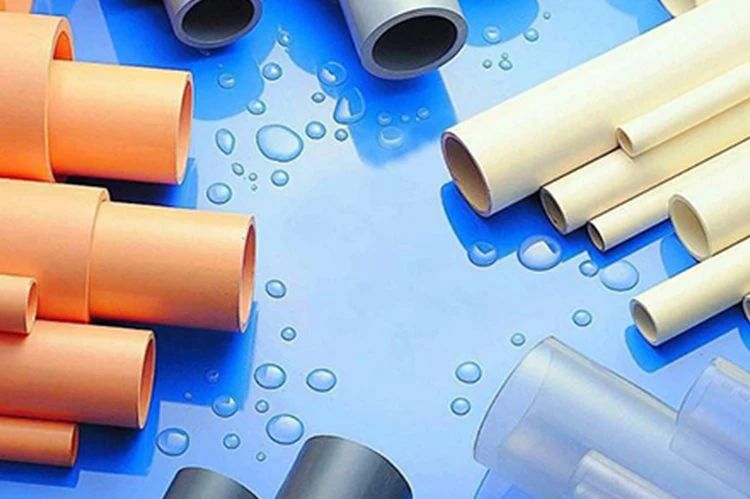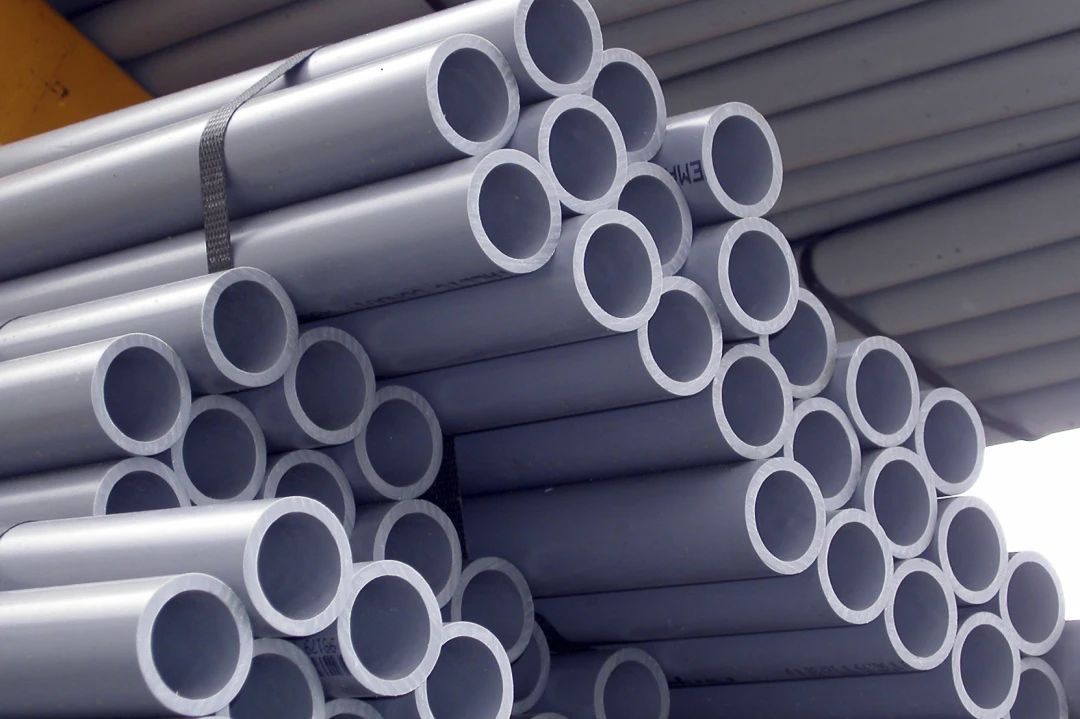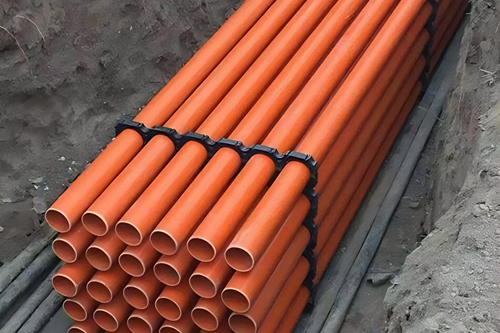2024 / 11 / 29
Top 5 Misconceptions about CPVC Pipes: How Many Have You Fallen For?
CPVC pipes, known for their excellent heat resistance, corrosion resistance, and flame retardancy, are widely used in various fields. However, there are some common misconceptions about CPVC pipes. Have you been misled?
Misconception 1: CPVC pipes are made of plastic and will melt when exposed to fire.
In fact, CPVC pipes have excellent flame retardancy and are not easily combustible when exposed to fire. They do not melt quickly either. CPVC has a high Vicat softening temperature and is self-extinguishing. When burned in an open flame, it forms a layer of carbonized protection, maintaining its shape and strength even at high temperatures.

Misconception 2: All CPVC products from different brands are the same.
Different manufacturers have technical differences in raw material selection, production processes, and quality control, leading to variations in performance and quality.

For example, reputable manufacturers, due to their financial, technological, and processing advantages, will produce different qualities in terms of equipment, formulation, and product performance (pressure burst tests, impact resistance tests, hardness tests). There are also practices in the market of using UPVC or PVC electrical conduits as CPVC pipes. Therefore, when choosing CPVC pipes, it is advisable to opt for high-reputation brands to avoid losses.
Misconception 3: CPVC is very expensive.
The price of CPVC pipes varies depending on the brand, specifications, and quality, but overall, it is not much higher than traditional pipes. However, considering its outstanding performance and longer service life, CPVC's excellent corrosion resistance, anti-aging, high mechanical strength, and good insulation mean that its design life can typically reach at least 50 years or more. From a long-term perspective, CPVC pipes offer high value for money.

Misconception 4: CPVC, being plastic, is harmful to the environment.
CPVC pipes are an environmentally friendly material. CPVC is derived from natural sources such as the ocean and petroleum, and it does not release harmful substances during production and use, thus causing no pollution to the environment.

Moreover, since CPVC originates from nature, it can be recycled and reused, reducing resource consumption and environmental pollution. Some European countries have already incorporated CPVC recycling into their local policies.
Misconception 5: CPVC installation is very difficult.
In reality, the installation of CPVC pipes is not complicated. Due to their lightweight material, they are easy to handle and construct, and they possess good flexibility and plasticity, making the installation process more convenient and faster. One to two people can complete the installation of a large area of CPVC pipes, and most of the time, it can be done noiselessly. Therefore, there is no need to worry about the installation of CPVC pipes.

In summary, we should discard these misconceptions about CPVC pipes, correctly understand and recognize their advantages and characteristics, so as to better apply and promote them.
You May Be Interested
Breaking 3 Technical Barriers! How Rallychem Redefines Premium PVC Transparent Shrink Film Solutions
2025 / 04 / 23
RL-1116S Polyester Wax: Solve SPC Ultra-Thick Board (6mm) Lubrication Challenges
2025 / 02 / 28
Comprehensive analysis of traditional PVC toughening agent: chlorinated polyethylene (CPE)
2025 / 01 / 26
Analysis of Plasticization Issues in PVC Pipes: Improving Production Quality and Efficiency
2025 / 01 / 26
Optimizing the production process of PVC conduit: improving surface smoothness and product competitiveness
2025 / 01 / 26


Whats App

For Inquiries Please Call
Rallychem Will Be Happy To Assist You!

+86 13456396233


info@rallychem.com

